This site contains affiliate links. I may earn a small commission, at no extra cost to you.
If one of your 2025 New Year goals is to start using retinol, this is the post for you!
I will break down how to use retinol for beginners, in an easy to follow, step-by-step guide.
Table of Contents
- 1. My experience with retinoids
- 2. What is the best retinol for beginners?
- 3. How to use retinol in your skincare routine
- 4. What about the retinol sandwich method?
- 5. How often to use retinol for beginners
- 6. How much retinol to use for beginners
- 7. When to increase retinol strength
- 8. Does increasing retinol strength cause purging?
- 9. Side effects vs. benefits of retinol
- 10. How to avoid retinol purge and side effects
- This was How to Use Retinol for Beginners: Step-by-Step Guide
1. My experience with retinoids
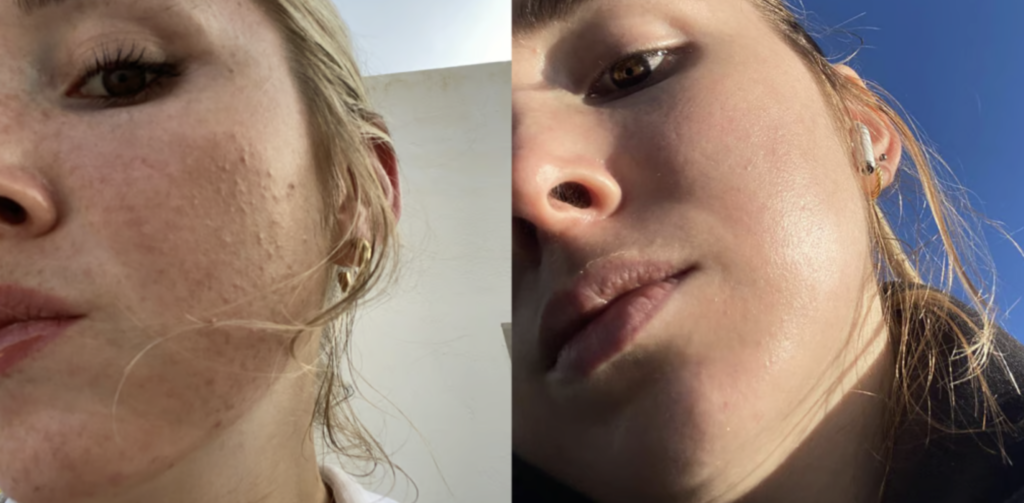
I started using retinoids in 2020 when we are all at home, and it has transformed my skin.
Even though I was experienced with skincare, I was unfamiliar with how to use retinol properly.
I didn’t understand the different types of retinoids, strength of retinol or benefits of retinol fully.
My aim with this post is to help you understand it, so you can see the great results that I have over the years.
Five years later and I am still using retinoids!
Plus, I have tried out a lot of different topical retinoids – so I can recommend the best ones from experience.
2. What is the best retinol for beginners?
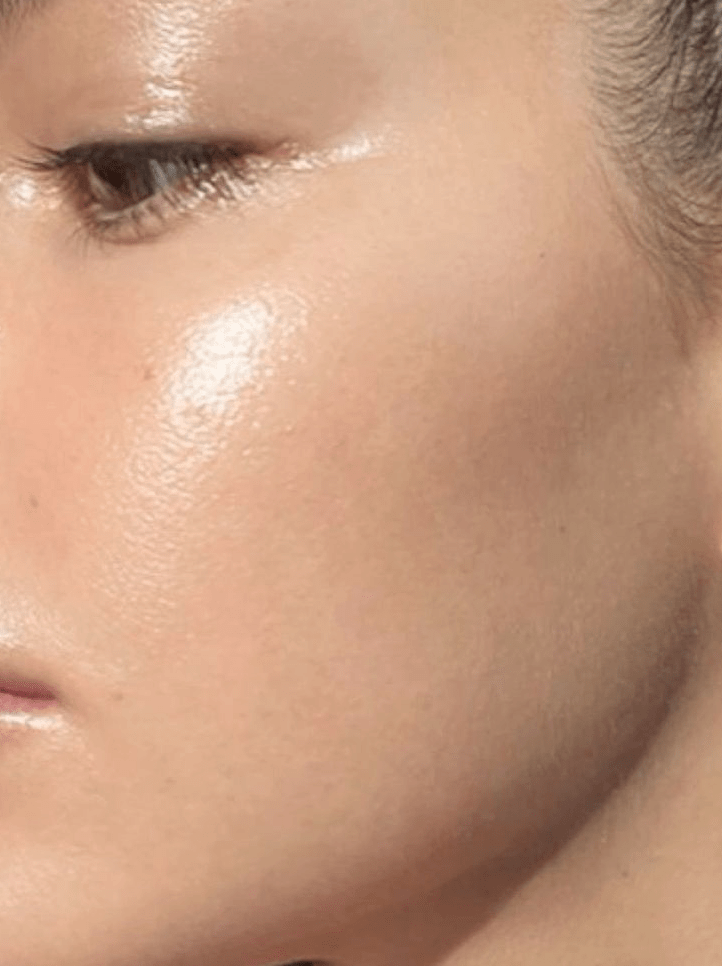
You’ll need to choose which retinol to start with.
Many retinol beginners get stuck at this point, worried they’ll choose the wrong form of retinol.
To choose the best retinol for beginners, I’ll explain the different types of retinoids
The difference between retinol and retinoid
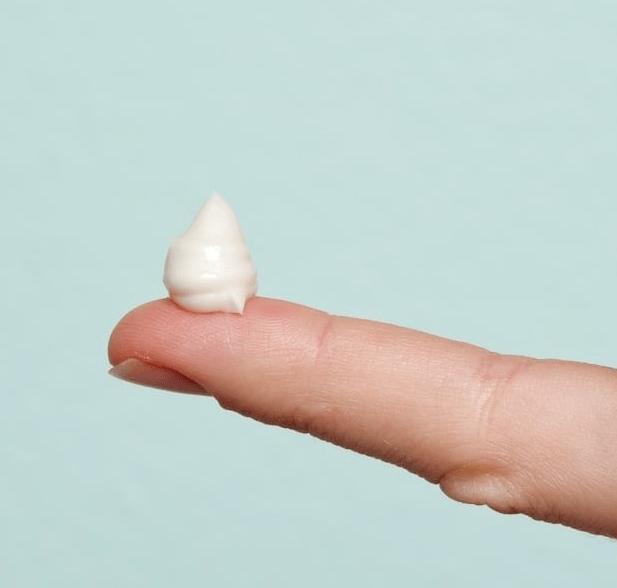
Retinoid is the category term.
It’s similar to Android vs iPhone – Android is the ‘type’ of phone, but does not refer to a specific model.
So if someone says ‘I use a retinoid’, you know they use a type of retinoid, but you don’t know which one.
Retinol treatments (retinol cream, retinol serum etc) are the most common type of retinoid available.
Walk into any beauty store and you’ll find retinols.
Retinaldehyde is in between retinol and prescription strength.
Prescription retinoids require a prescription to get, such as Tretinoin or Differin.
So what is the best retinol to start with?
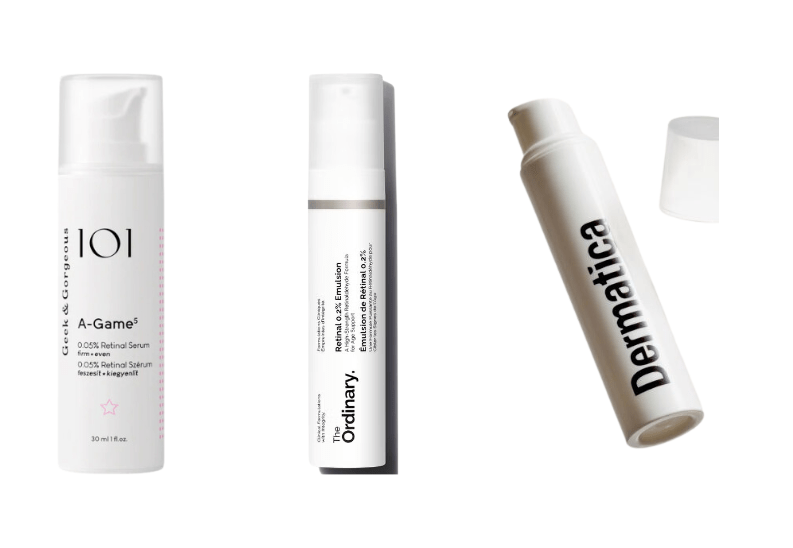
The best retinol to start with depends on your skin type.
Weaker retinoids have less risk of irritation, but tend to work slower.
Prescription retinoids work faster but often come with more skin irritation and unwanted side effects.
Usually the best choice is to start at low-medium strength.
This is so that you can use it consistently without having to stop due to irritation.
I have selected three products from my full list of the best retinoids for acne prone skin.
Feel free to browse that list, but if you’re here perhaps it’s more useful for me to give a choice of three – no more decision paralysis.
Geek & Gorgeous A-Game 5
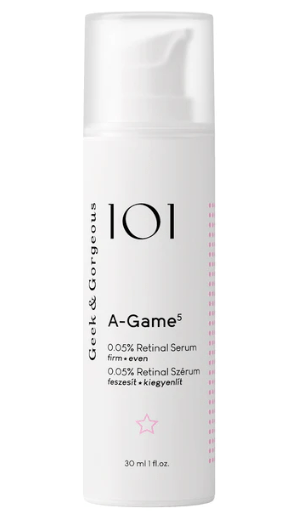
Geek & Gorgeous A-Game comes in a few strengths, 5 being 0.05% retinaldehyde.
This is the weakest of the few but it is still potent!
The Ordinary Retinaldehyde 0.2% Emulsion

The Ordinary Retinaldehyde is a jump from 0.05% to 0.2%.
This recommendation sits roughly in the middle of the three.
Read more about these first two on my retinoid comparison blog post.
Prescription retinoids from Dermatica
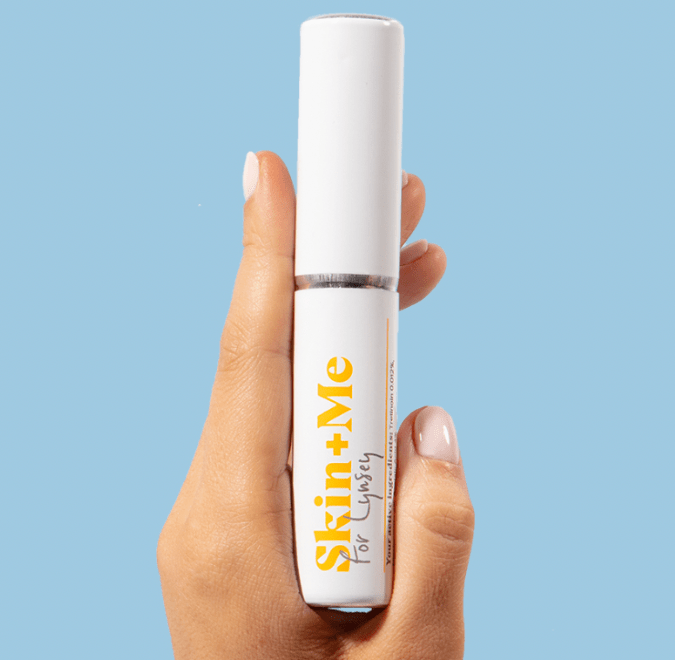
I regularly recommend Dermatica, Skin & Me and other similar telehealth providers.
They only provide prescription retinoids.
Compare Skin & Me vs Dermatica on my comparison blog post.
3. How to use retinol in your skincare routine

Moving onto how to use retinol for beginners in your skincare routine.
Here is a breakdown of where to use the retinoid product you’ve chosen:
Evening routine (never use it in the morning):
- Cleanser
- Pat skin dry with a clean towel (never apply retinol to damp skin)
- Apply a pea sized amount of retinoid to your face
- Allow that to sit for 10-15 minutes
- Apply a hydrating serum
- Apply your moisturiser
If you want to use eye cream, you can use that after step three.
The placement in a routine is the same for any type of retinoid.
4. What about the retinol sandwich method?
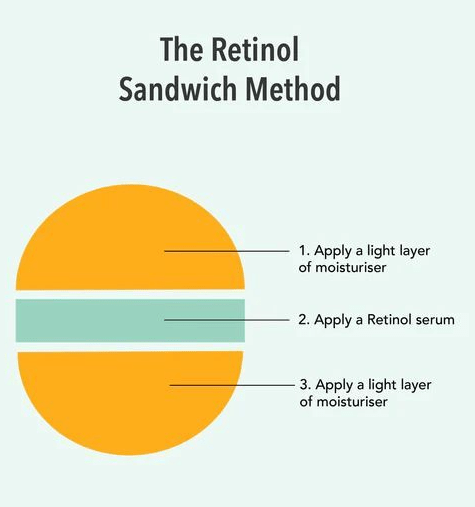
If you have sensitive skin, you might have heard of the retinol sandwich method or buffer method.
These can work well for beginners, but it doesn’t mean you have to do them.
If you’re stuck on this part, check out my YouTube video weighing up the retinol sandwich vs. buffer method.
The retinol sandwich method can work well for dry skin, as you apply moisturiser beneath and above the retinol.
With the buffer method, you only apply moisturiser beneath the retinoid.
Personally I did not enjoy these, even as a beginner, but it’s really case of testing it out to see if you like it.
There is an explainer on why I don’t like it so much in the YouTube video.
5. How often to use retinol for beginners
Now you know how to apply it correctly, how often should you use retinol?
Even if you don’t have sensitive skin, you should start out slowly with retinoids.
Lots of people get cocky and lather it ony daily, only to get stung with a red, burning face days later!
Try this retinol application frequency for beginners
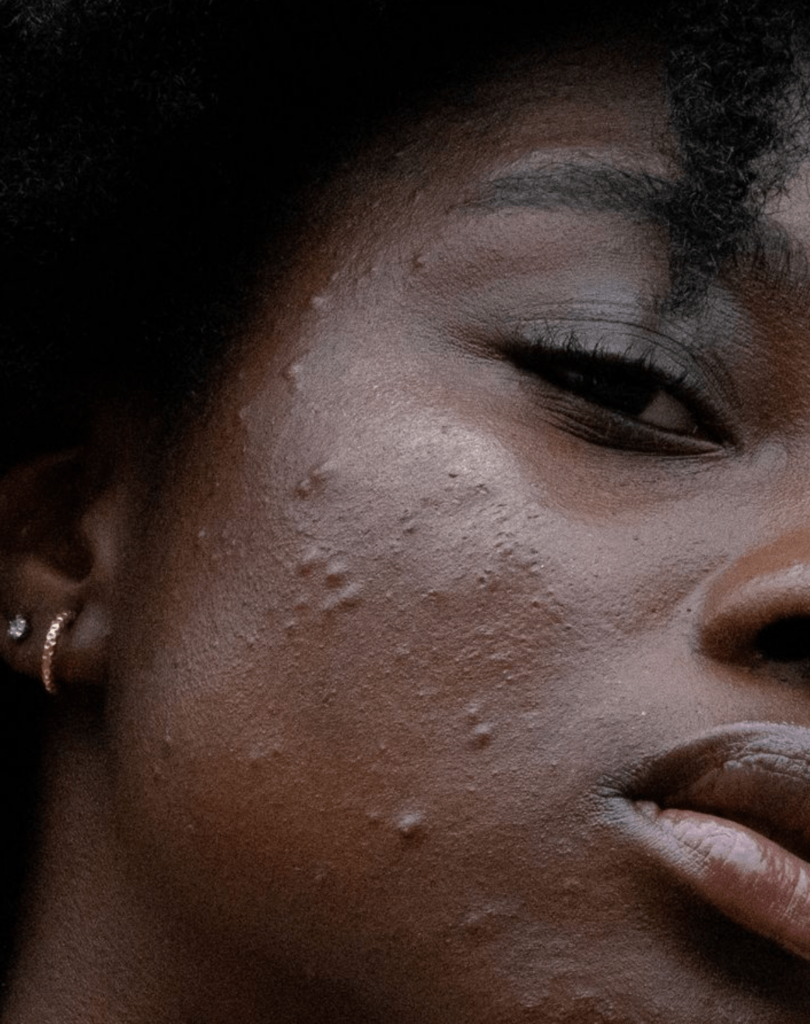
Month one – use retinoid 1-2x per week, spaced out evenly
Month two – use retinoid 2-3x per week, space out evenly
This will help your skin adjust, and minimise the side effects of retinol as much as possible.
By month three, you will have a good idea of how your skin reacts to it.
Personally, I have used it daily in the past and have now settled on every other day (3-4x a week).
I don’t actually think you have to work up to every day – I see the same great results by using it every other day.
After 2-3 months you should be using it at least 2-3x a week minimum.
Using retinol once per week in the long term is unlikely to actually force your skin to adapt, and you won’t see the best results.
6. How much retinol to use for beginners
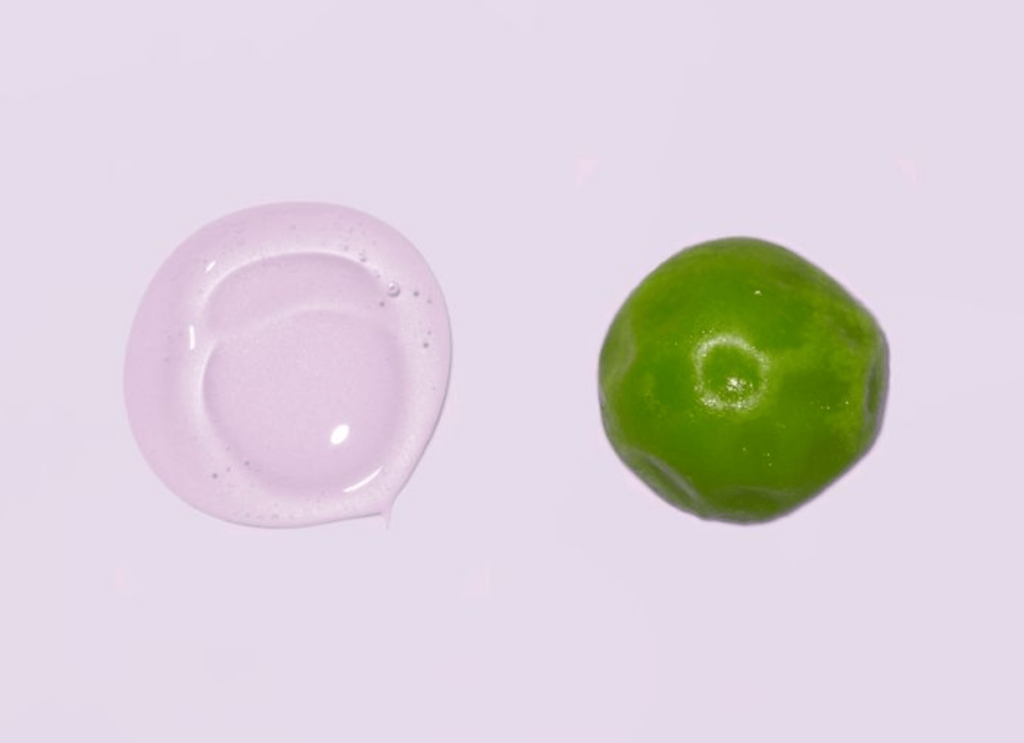
it’s easy to go overboard with skincare products – especially if you want to see results asap!
With a topical retinol treatment, less is definitely more.
It’s a very powerful ingredient, so don’t let a seemingly low % fool you.
You want to spread a pea-sized amount over the entire face.
This will seem difficult at first, but if you use a super thin layer it is achievable.
I filmed a TikTok that gives you an insight into how I do it (YouTube video coming!).
7. When to increase retinol strength
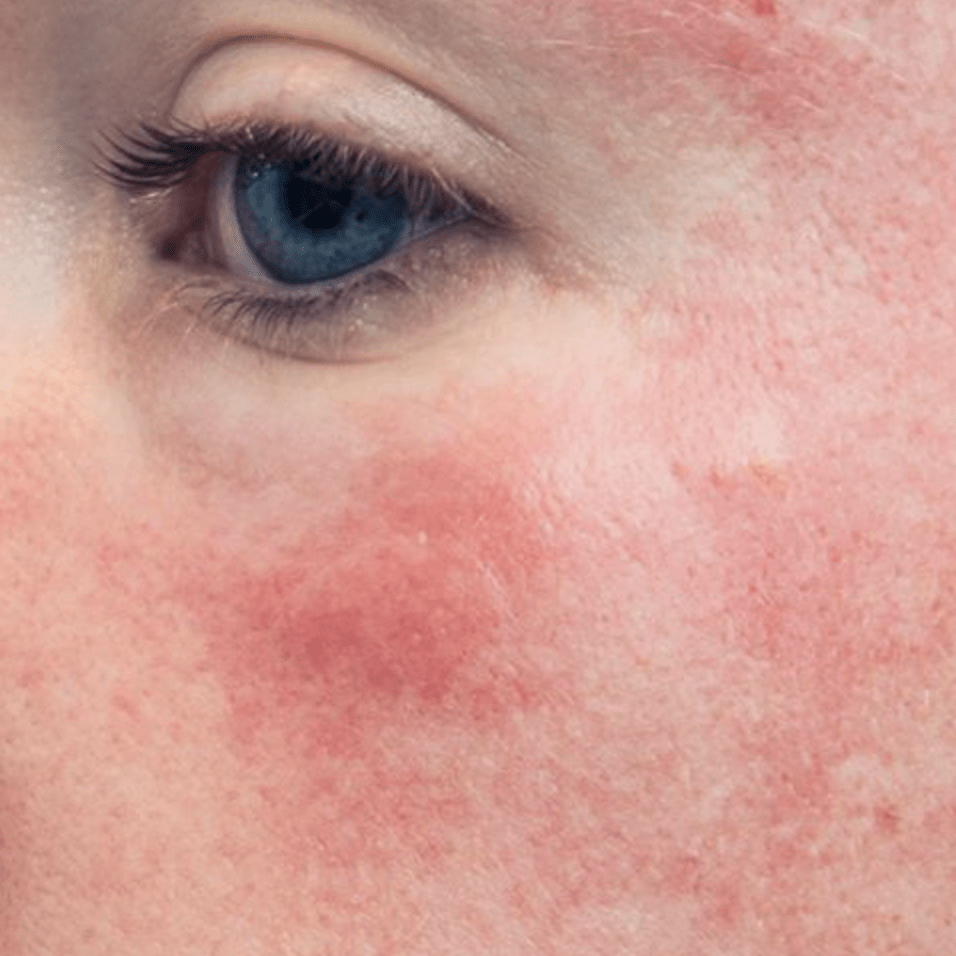
It’s common to start at a lower concentration of retinol and move up in the long run.
However, I often see people rushing to move up in strength.
It’s almost like they think you have to move up in strength, like it’s ‘just what you do’ with retinol.
The reality is that you don’t actually have to do this at all, it’s only really if you want to.
Reasons why you might want to increase your retinol percentage:
- Acne and acnescars are not as reduced as you’d like, after 4-6 months
- You still have unwanted skin texture after 4-6 months
- You are in your late twenties onwards and want to boost collagen production
If you do decide to increase strengths, make sure you give it at least 4-6 months on the first retinol to fully adjust to it.
Personally, I found that my results just kept getting better and better over time, even with the same retinol.
I’m talking 1-2 years later, the results were still coming!
Patience is key with retinol use, you don’t want to move up in strength and experience all the side effects you just got over the first time.
8. Does increasing retinol strength cause purging?
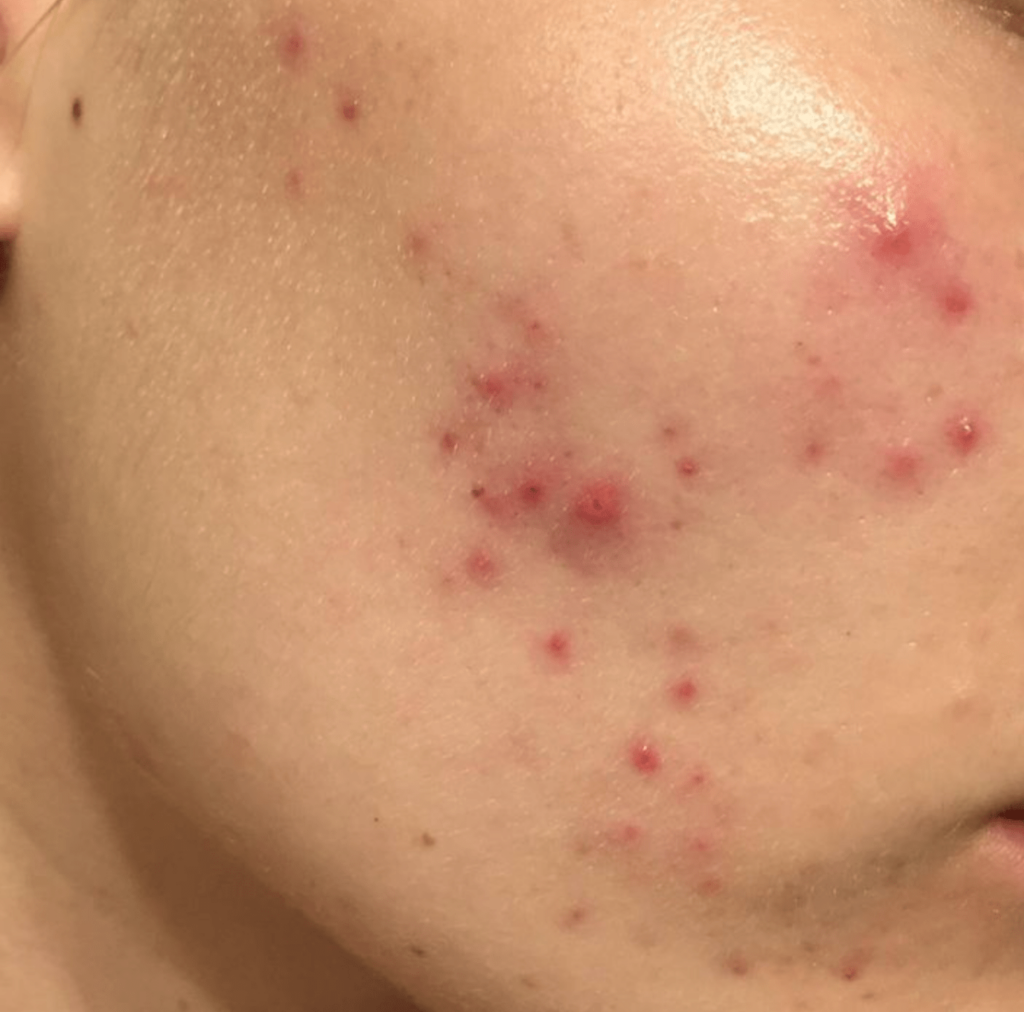
In short, yes it can.
The use of retinol in the past alone doesn’t ensure you have a good time and no purging.
I have found that, each time I moved to different strengths, I had a small purge.
Although, the purges were never as bad as the initial purge going from zero.
You may also see some of the other adverse effects come back, like sensitivity and flaking.
9. Side effects vs. benefits of retinol

The side effects of retinol can be tough, but the benefits of retinol are worth it in my opinion.
When considering how to use retinol for beginners, you want to have a good understanding of both.
Benefits of retinol
What I love about retinoids is that they do so much compared to other active ingredients:
- They are the gold standard for premature ageing because they speed up skin cell turnover (look of fine lines, collagen production)
- They can reverse visible signs of UV rays and sun damage (dark spots, sun spots)
- They can fade acne marks and hyperpigmentation
- They can greatly reduce and eliminate acne almost completely
Side effects of retinol
Most of these are usually temporary:
- Redness, soreness and skin irritation
- Skin flaking that can be annoying
- Can be hard work to adjust to
- Can be the skin more sensitive to things it previously wasn’t sensitive to
- Occasionally you can develop dermatitis
- It’s not hard to accidentally damage your skin barrier
10. How to avoid retinol purge and side effects
One of the biggest lies on the internet is that you can avoid the retinol purge.
This is absolutely not true. Anyone who is saying ‘X product is great because you don’t purge’ ultimately doesn’t understand the process.
Purging is based on whether you have impurities (acne) in the skin that are yet to come out.
In the end, most acne prone people will have some kind of purge.
This typically lasts up to 3-4 months, and can start the very next day!
To learn more, read “Does retinol make you break out?“
The best retinol tips for beginners
Now for all of my best retinol tips for beginners – I’ve gathered these over the years.
- It’s best to cut out all other exfoliating actives for the first 1-2 months of using retinol: salicylic acid, gylcolic acid and vitamin C especially
- Daily sunscreen use is absolutely crucial to protect your skin and prevent uneven skin tone.
- Avoid the eye area to start with, or use a dedicated retinol eye cream.
- Don’t get any facial waxing while using retinol – it can rip the skin!
- Make sure you use a hydrating barrier serum as well as moisturiser
- Make sure your cleansers don’t contain exfoliating actives
Most importantly, lock in for 4-6 months and don’t expect instant results – it will be worth it!
This was How to Use Retinol for Beginners: Step-by-Step Guide
You may also like:
- Retinol vs Retinoid: the Best Retinoids for Clogged Pores
- The Best Eye Creams for Brightening and Anti-Ageing
- Cerave Resurfacing Retinol Serum vs Differin or Adapelene